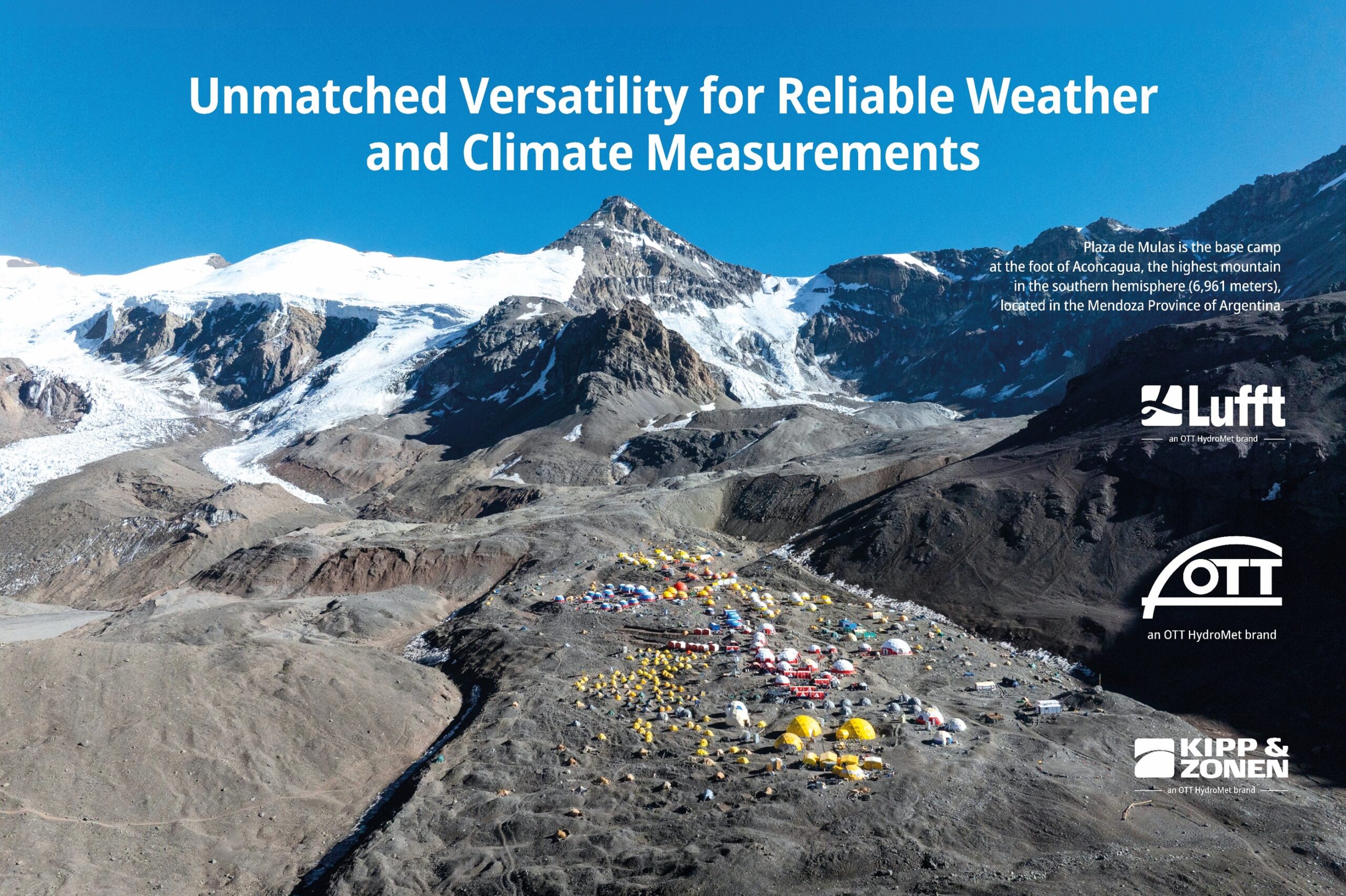The Lufft slogan “A Passion for Precision” shows that our thoughts and actions always have to do with measurement accuracy. How we keep our promises, is summarized for you by Lufft general manager Klaus Hirzel in the following article…
 Photo source: Chalabala, Fotolia
Photo source: Chalabala, Fotolia
The sensor has to meet your instead of our expectations
How well does a multifunctional sensor match your application? Or are individual sensors the better solution? Which “platform” should it be – S-Class, E-Class or C-Class? You see from these questions that our measuring technology is developed in a region where many automotive manufacturers are located. From the automotive industry we can learn a lot, e.g. that every customer will find the ideal car for her or him. We have the same claim for the measurement technology. The large number of applications in the environmental and industrial measurement technology requires a high number of sensor variants and combinations which are based on a family concept. One good example for special requirements is the production of artificial snow. Here, the temperature accuracy of 0.1 °C around the freezing point is crucial. Within this measurement range it’s decisive whether the snow production can be realized at the lowest possible energy costs.
Sometimes the specified minimum accuracy is not enough. In such cases, our DAkkS-accredited (German Accreditation Body) calibration lab helps to gradually improve the sensor performance to the maximum, request-specific accuracy. It means, that we realize a special calibration at individual measurement points. This is also a reason for the DWD’s (German Weather Service) decision to go for the VENTUS-UMB Ultrasonic Wind from Lufft. It will be used for the expansion of the maritime measurement network. In addition to our factory certificate, the “Instrumentenamt” (“instruments office”) of the German Weather Service is able to save the measured values as additional characteristics in the individual calibration curve of each sensor, after they are determined in their wind tunnel in Hamburg.
The product must at least comply with the technical characteristics in the data sheet – and sometimes it has to be even better
The sensor characteristic curve in the factory certificate speaks volumes: the differences are minimal. Therefore, Lufft sensors are often used as a reference for other instruments in practice. One example is the XA1000 hand held device which is used in the laboratory of the Croatian Lufft trading partner MTB inzenjering.
Lufft sensors are usually much more accurate than indicated in the data sheet. These “minimum accuracies” can be found for all Lufft measuring instruments in all data sheets and test certificates, which are also available on the Lufft homepage. There, we keep the data up to date at any time. In addition to the accuracies you will also find a lot of other documentations, such as webinar video records, with the aim to ease the product startup for you. Because a transparent and honest handling with product information facilitates your decision and the selection of the appropriate product.
Please don’t hesitate to ask if you need “more” than the minimum accuracy. In most cases we find a good solution with the help of our calibration lab experts. For us, it is decisive that our laboratory is equipped with highly accurate reference methods in order to solve your measuring task the best.
Two good examples of Lufft sensors with outstanding measurement performances are the temperature sensor of the XP101 handheld instrument and the radar precipitation sensor. The XP101 measures with a 0.005 ° C accuracy (meaning 5 Millikelvin!); the radar precipitation sensor is particularly sensitive and reliably detects even the smallest amounts of rain. Monitoring networks in the Brazilian rainforest have to be equipped with maintenance-free and precise sensor technology. The comparison of all available rain probes shows, that the radar method is the only reasonable solution in such cases. Due to the fact that an optical laser sensor can get dirty, a tipping bucket and/or weighing principle which are open upwards, are prone to accumulate unwanted material in the bucket. The Lufft radar precipitation gauge is both available as single and as multi-parameter version, since it’s a component of Lufft weather sensors WS700, WS600 and WS400.
The sensor needs to provide good data even after a long running time
The Lufft sensors get their final touch in our DAkkS-accredited calibration laboratory, where the experienced lab specialists test every single sensor and issue the respective factory certificates.
Through the technical drift, sensors can lose accuracy over time like a clock, e.g. as a reaction to extreme ambient conditions. Therefore, it is not sufficient for us to just deliver the products. By means of the online certificate management system you keep the calibration due dates at a glance easily. We will automatically remind you, when it’s time for a new sensor test. Thus, we ensure the long-term and sustainable precision of your useful and valuable aid and make sure that you can always rely on them.
The sensor needs to operate reliably in different environments
Sensors behave differently in different environments. Especially corrosive air afflicts capacitive sensors for humidity measurement. In cheese storages, for instance, capacitive humidity measurement can quickly run out of control. Stress conditions, which are caused by high relative humidity in combination with high temperatures, produce bigger drifts as moderate climates. The sensor lifetime respectively MTBF (Mean Time between Failure) is dependent on the ambient conditions. Here, a cool environment is much better for the sensor than tropical conditions, of course. Protection classes also inform on the environmental conditions which the sensor can endure. IP67 is the minimum requirement when it is exposed to water or in places, where extreme (horizontal) rainfall is typical.
For 133 years already, we deal with the environmental monitoring and employ multiple technologies. With no experience in this field, there are high risks. This is certainly one reason why there are only experienced manufacturers in this market.
Related links:


